There are certain works of art and architecture that are famous around the world. But if you study the history of some of them with a little more attention, you will see that many of them contain many mysteries.
Creative Sides decided to compile a list of the most interesting ones. We were surprised by what we found.
Mysteries of Famous Icons
1. The Top-floor Apartment Of The Eiffel Tower
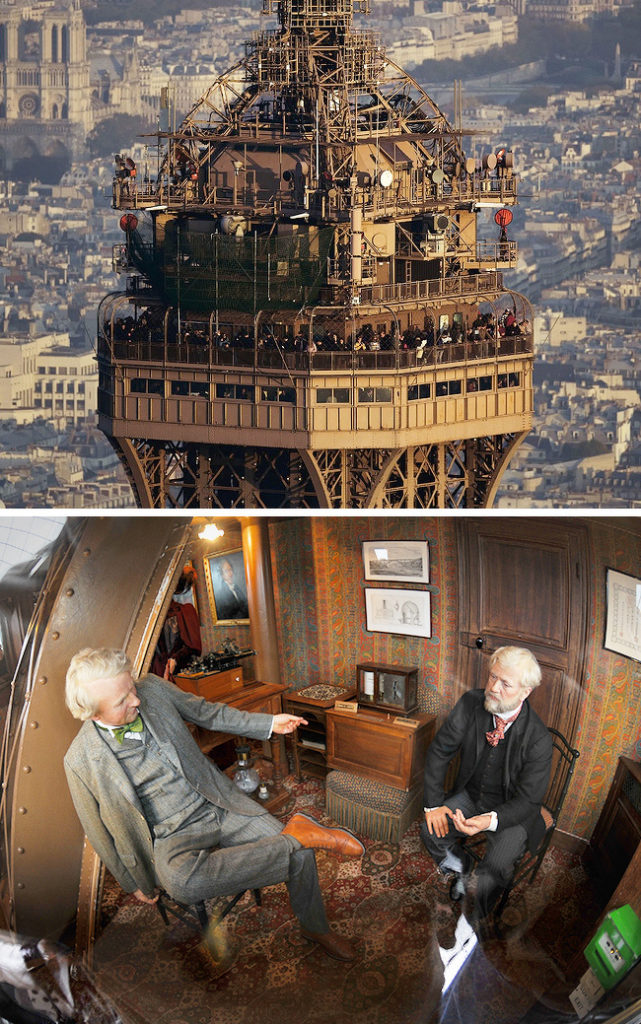
Gustave Eiffel, the man who designed the most famous monument in France, built and set up an apartment for him on the top floor. He often used it to rest and receive guests.
On one occasion, he had a long conversation there with Thomas Edison. The apartment contains a kitchen, bathroom, two bedrooms, and a living room and of course has spectacular views.
Today it serves as a museum, complete with waxworks of Eiffel and Edison.
2. The Broken Chain At The Feet Of The Statue Of Liberty
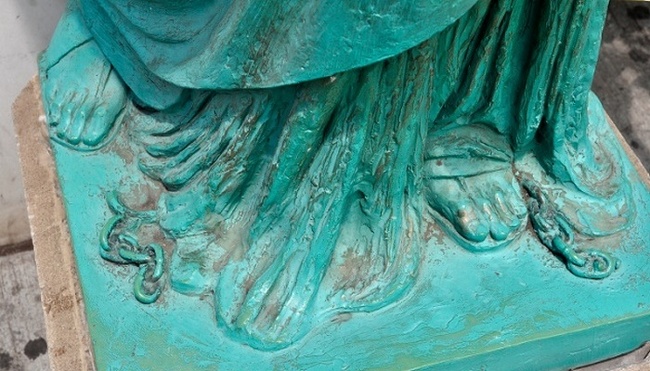
The Statue of Liberty was delivered to the USA by the people of France in honor of the 100th anniversary of the American Revolution. It symbolizes freedom, democracy and the revocation of slavery.
That is why a broken chain is found at the foot of the statue, something often ignored by the thousands of tourists who see it.
3. The Isleworth Mona Lisa
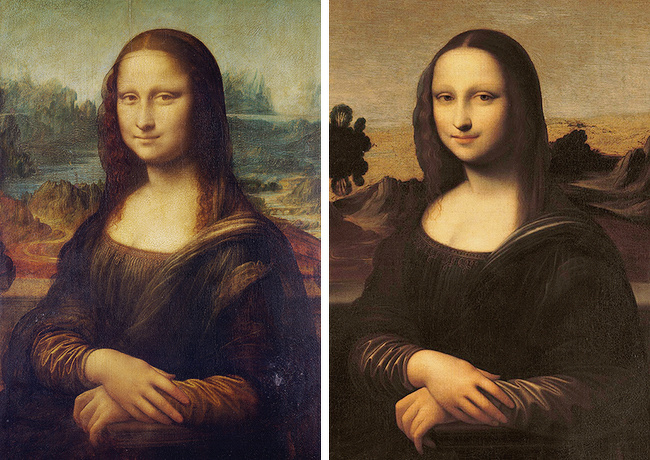
It is a well-known fact that many artists have reproduced the famous Mona Lisa. But it is believed that there is another portrait painted by da Vinci himself, and this is not a copy.
Interestingly, the second version is painted from a slightly different perspective. It may have been made by a different artist, or perhaps several of them.
According to experts, however, it is more likely that it is simply an earlier version of Da Vinci’s masterpiece.
4. The Matterhorn At Disneyland

The Matterhorn, at Disneyland, modeled after a mountain in the Alps, on the border with Switzerland and Italy, is the first tubular steel roller coaster with a continuous trail.
But that is not all. Inside the top, there is a small attic structure used as a prep and rest area for climbers: a basketball hoop, complete with back and net, that was attached to a flight of wooden stairs.
Climbers and cast members used the basketball court and staging area to prepare for scheduled climbs or to spend time in bad weather.
5. Original Appearance Of The Sphinx
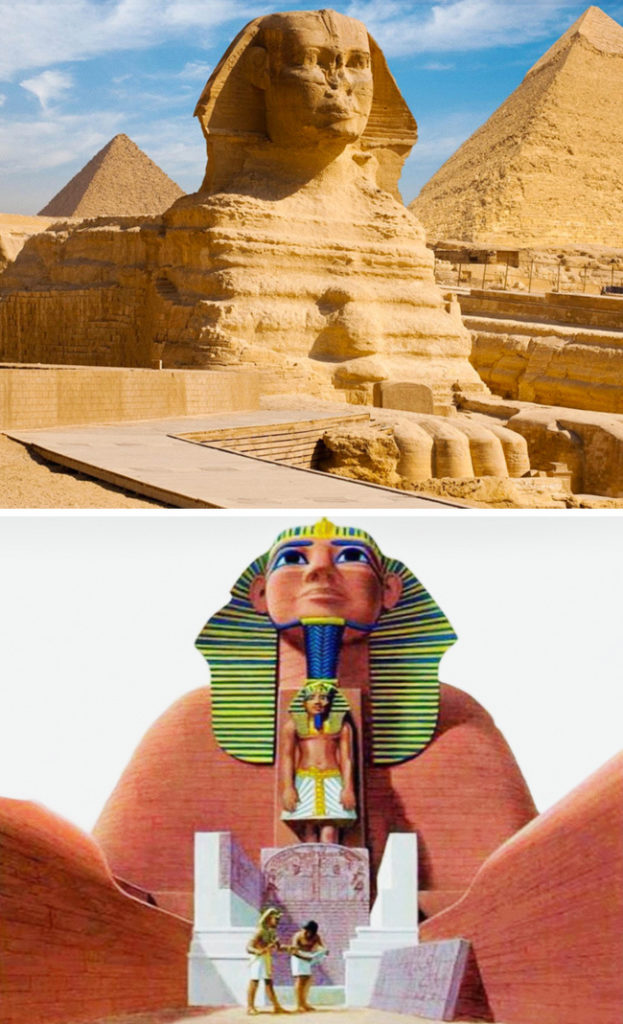
The Great Sphinx of Giza is the oldest statue in the world. Originally, it was decorated with bright paint, of which only fragments remain today behind one of its ears.
It also had a ceremonial nose and beard. The remains of these can be seen in British and Egyptian museums. Some experts believe that the Sphinx may have had the head of a lion or a dog, and a human face was only sculpted much later.
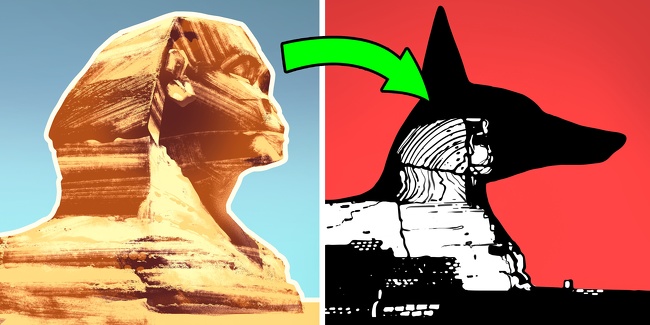
This would explain the great difference between the proportions of the gigantic body and the small head.
6. The Creation Of The Leaning Tower Of Pisa
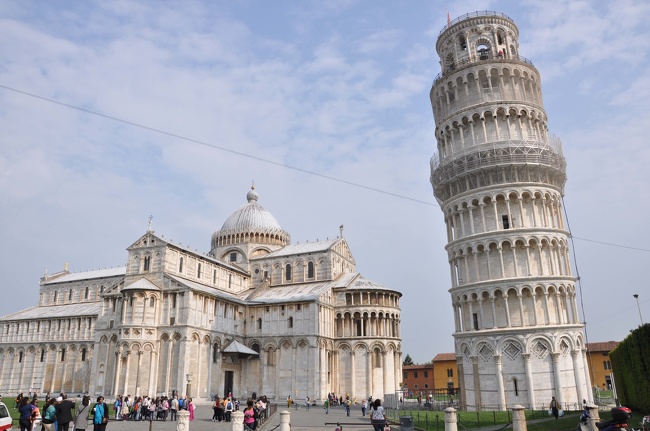
The famous tower contains many secrets. Everyone knows about Its inclination, but nobody knows who actually built the bell tower of the Pisa cathedral.
One reason for this mystery is that it was built over the course of nearly 200 years. Historians are used to assuming that the construction plan was developed by Bonanno Pizano, but a more likely candidate was Diotisalvi, who designed the baptistery located next to the tower, which is built in the same style.
7. The Face Of Rembrandt’s Danaë
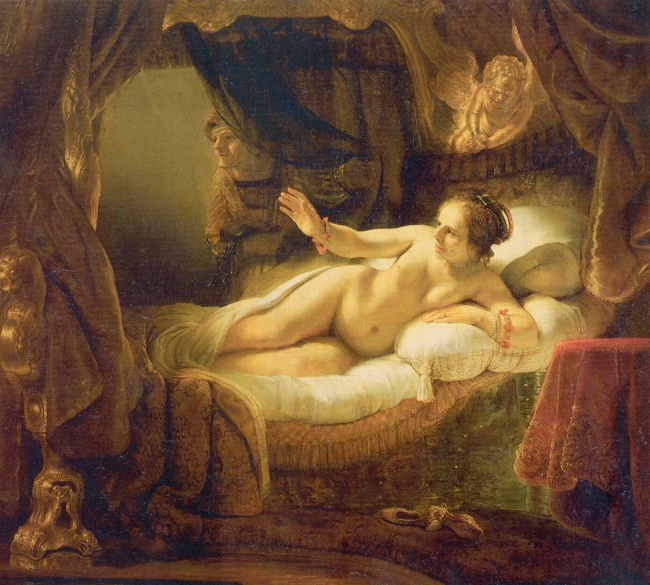
Rembrandt started painting Danaë two years after his marriage to Saskia van Uylenburgh. The artist described his wife in many of his paintings, and it remained a mystery for a long time why the resemblance to Saskia was not as clear in this image as in his other works from the 1630s.
Also, the style of this Painting in Particularly was closer to many of his later works. Explanations for this mystery have been found recently. When examined with X-rays, the resemblance of the figure in the painting to Rembrandt’s wife is much clearer.
It seems that the painting was redone after the death of his wife when he was in love with another woman, Geertje Dircx. The facial features of Danaë were changed in such a way that they combined both of his lovers’ features.
8. The Name Of The Most Famous Tourist Attraction In Britain
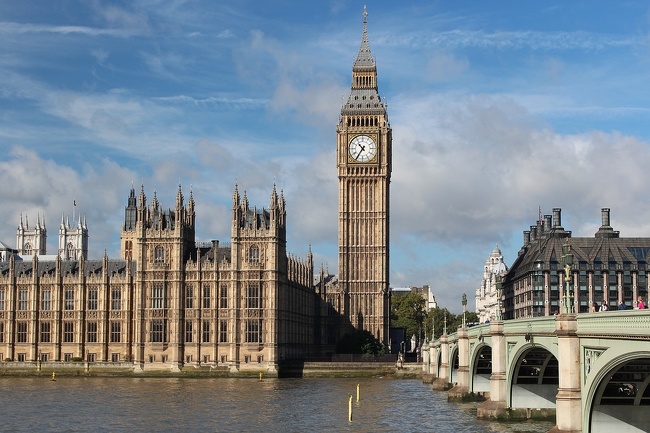
Strictly speaking, “Big Ben” does not refer to the entire tower in the British Houses of Parliament, but only to the great bell inside. Until September 2012, the official name of the structure was “The Bell Tower of the Palace of Westminster.”
Now its official name is “The Elizabeth Tower”. Currently, no one knows for sure in whose honor the bell was called Big Ben. One theory says that it was the nickname of a powerful man of power who managed to cast the bell where it was made.
Another theory suggests that it was named after Benjamin Count, a heavyweight boxing champion.
9. The Color Of The Golden Gate Bridge
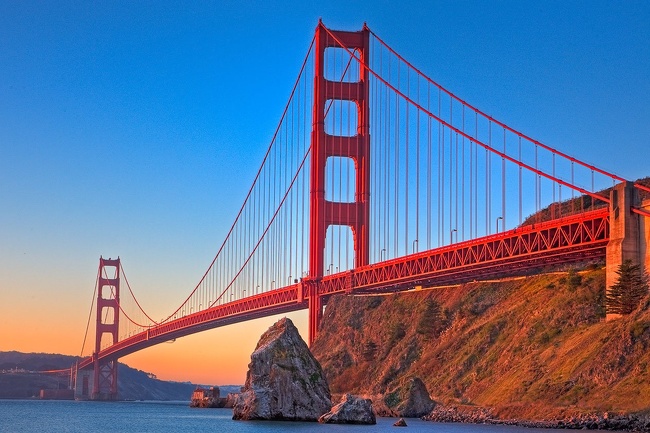
The Golden Gate Bridge is one of the most photographed landmarks in the world. It took a long time to agree to its construction with the United States Navy.
When the permit was finally obtained, the Navy wanted it painted with black and yellow stripes so that it was visible in the fog. In the end, the bridge’s architect, Irving Morrow, convinced the military to paint a dark orange color.
This not only ensured that it was visible in all weather conditions but also provided an attractive appearance.
10. The Sky In The Painting The Scream

The initial name for Edvard Munch’s legendary painting was The Cry of Nature. The artist wrote in his diary:
“…suddenly the sky became blood-red; I stopped, feeling exhausted, and leaning against a fence, saw blood and tongues of flame over the bluish-black fjord and a city…”
In 2003, a group of astronomers proposed the theory that the brilliant scarlet color of the sky that surprised the artist was caused by the eruption of the Krakatoa volcano in 1883.
A large amount of volcanic dust was released into the atmosphere, due to which pores were observed extremely bright sunlight around the world in the following years.
Preview photo credit depositphotos
Based on materials from worldartdalia.blogspot









